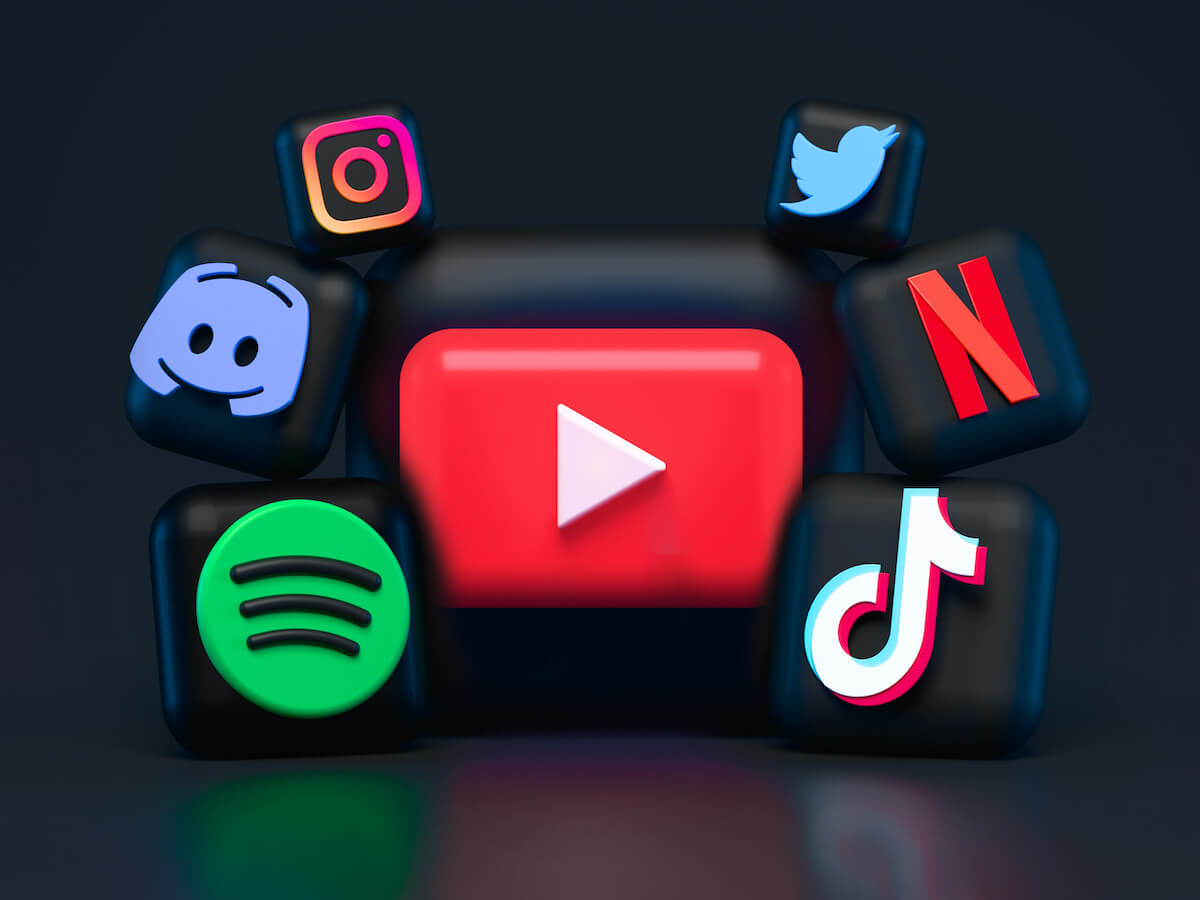The Future of Music Streaming Services – Why Data Matters
The good news for music streaming services is that they’re experiencing record revenue growth. The downside is that competition is increasing, and the path forward for profit is less clear. Here’s why data about customer usage could be the answer.

When you look at how music streaming services are performing, the reports are full of sunshine and endless possibilities. Revenue from paid music streaming grew 21.9% in 2021, according IFPI’s Global Music Report 2022. And that’s an even higher growth rate than the year before.
Goldman Sachs sees even more growth for the industry, in its “Music in the Air” report, published in June 2022. From 2021 to 2030, they predict music streaming services to have a compound annual growth rate of 12%, up from 11% before. They also believe music streaming will be more resilient in an economic downturn than streaming video.
The fact is that music streaming services do have an incredibly bright future. But how services get to that future, and which services succeed, remains an open question.
The strategy for music streaming services – similar to video streaming – has been to get as many subscribers as possible, paid or unpaid, and get as much content as possible, and focus on profitability later. And this has worked so far, to a point. But how can music streaming services eventually turn those subscribers into a profit-growing engine?
Because there are significant costs involved in acquiring new subscribers, and huge costs in acquiring content and operating the systems to support subscribers. Music streaming services so far have been reluctant to raise prices at all, until now.
A Highly Under-Monetized Market
Goldman Sachs, in its June report, states that music streaming was one of the most highly under-monetized forms of entertainment in the music industry. According to report, consumers are spending 40% less on music today, as a percentage of their total entertainment spend, compared to height of their spend in 1998.
Which led Goldman Sachs to this conclusion: “This supports our belief that any price increases can be passed onto consumers with minimal churn.”
In recent months, music streaming services have increased prices, justified by inflation, licensing fees, and the cost of delivering high-value content. In October, Apple Music raised the price of its individual subscription in the U.S. from $9.99 to $10.99 per month. And Spotify is considering a similar move.

Will increases in subscription prices cover the costs of operations and acquiring new music catalogues, podcasts and audiobooks? And with continued increased prices and inflation, will subscribers churn to find the better deal?
One solution is for music streaming services to get more control over the data about how customers use their services. This would enable them to create more sophisticated business models and price plans, instead of the ad-based services, flat-rate subscriptions and family plans offered today.
With a flat-rate subscription, when usage goes up, operating costs also increase, but revenue doesn’t. With full control over customer usage data, services can offer better deals to customers who only use a little of the service, and can charge customers more who use the service a lot.
The Future of Music Streaming Services
Data about how customers use services – known as usage data – not only enables more nuanced subscription plans that help streaming services stay competitive. This data also enables more profitable partnerships with advertisers and third-party content providers. These partnerships depend on accurate data about how users consume the content, in order to accurately share revenue.
Music streaming services are already offering bundled subscriptions that cover both music and video streaming. One example is Spotify’s Student plan in the U.S., which includes music streaming and subscriptions to Hulu and Showtime. Apple Music also bundles music streaming with other Apple products. Video streaming services, such as Disney+, have already discovered the attraction of bundling services for customers.

Among Gen Zs and Millennials, who are most likely to cancel a video streaming service due to price, a Deloitte survey found that about 51% would stay if their subscription included a gaming or music service, or another video streaming service.
The Challenge with Bundled Services
On the road to profitability, music streaming services should consider giving users more value through bundled services. This includes gaming and video services, as well as partnerships with emerging platforms like TikTok, where people increasingly discover new music.
The difficulty with bundled services is that data about customer usage needs to be much more granular, in order to support revenue sharing and financial reporting among subsidiaries and partners.
While music and video streaming services have revolutionized how customer data can be used to deliver personalized recommendations, they often lack the ability to use this data to inform more personalized subscription pricing and accurate revenue sharing.
The upside for music streaming services is that they are not the first industry that has had to solve this challenge. This challenge has already been solved in the telecommunications industry, by video streaming services, and in the as-a-service models adopted by software companies.
Sign up for the Data for Subscriptions newsletter and receive new trends, latest podcast episodes with industry experts and exclusive insights.
Discover Usage Engine Private Edition 4: Agility in the Cloud
DigitalRoute software has been deployed by hundreds of companies across industries over the last...
Solving Billing Challenges from Start to Finish
In this blog post, we touch on the... err... touchpoints of billing and monetization, revealing...
Dark Patterns and Regulatory Response: A Look into the FTC’s Proposed Regulations for Subscription Businesses
Deceptive practices and dark patterns are increasingly common in subscription-based businesses,...






